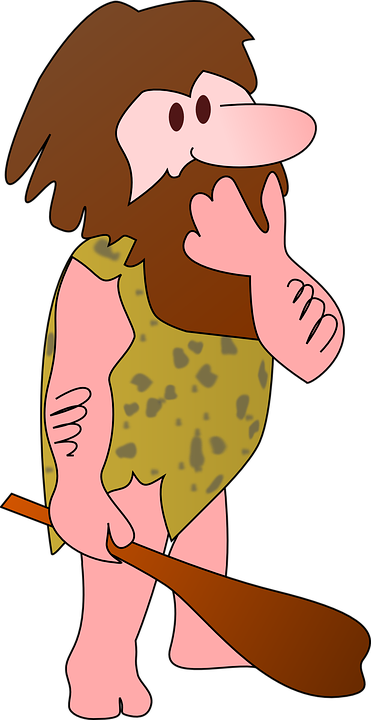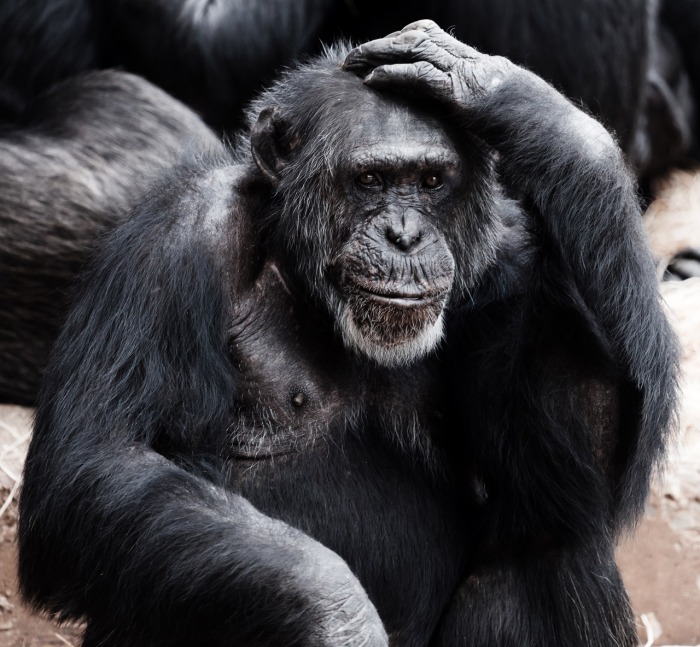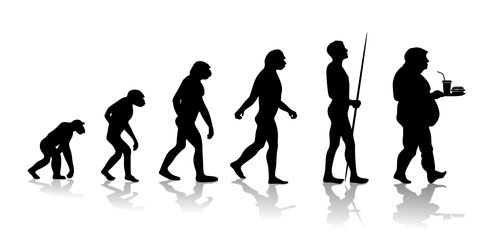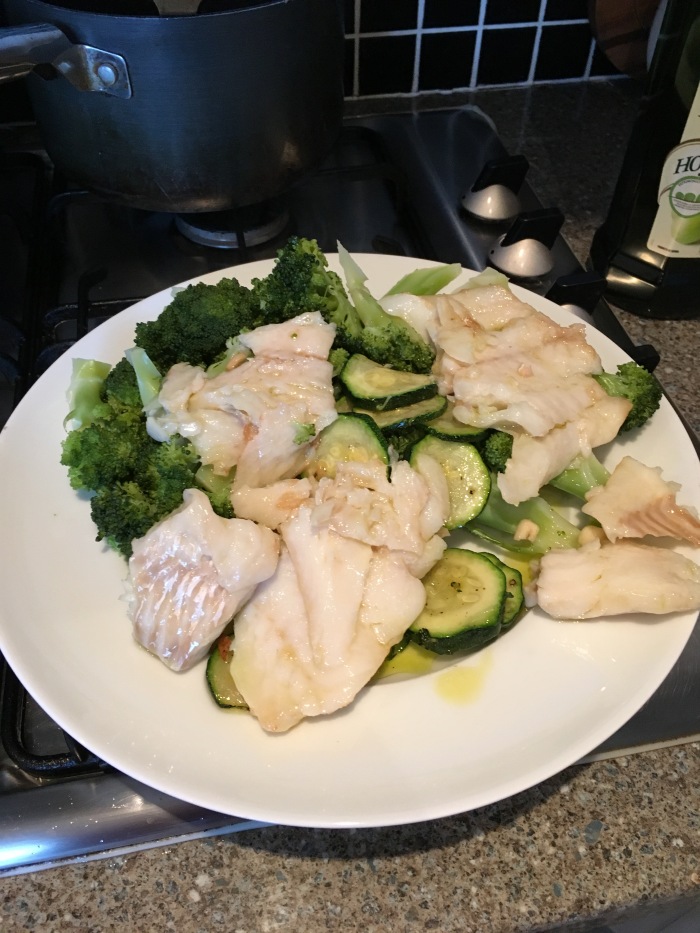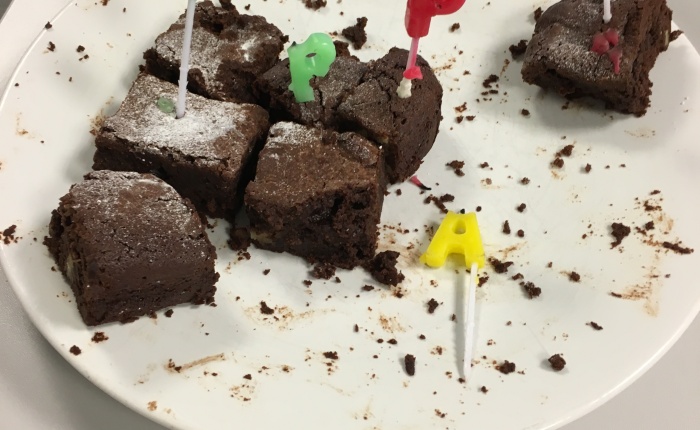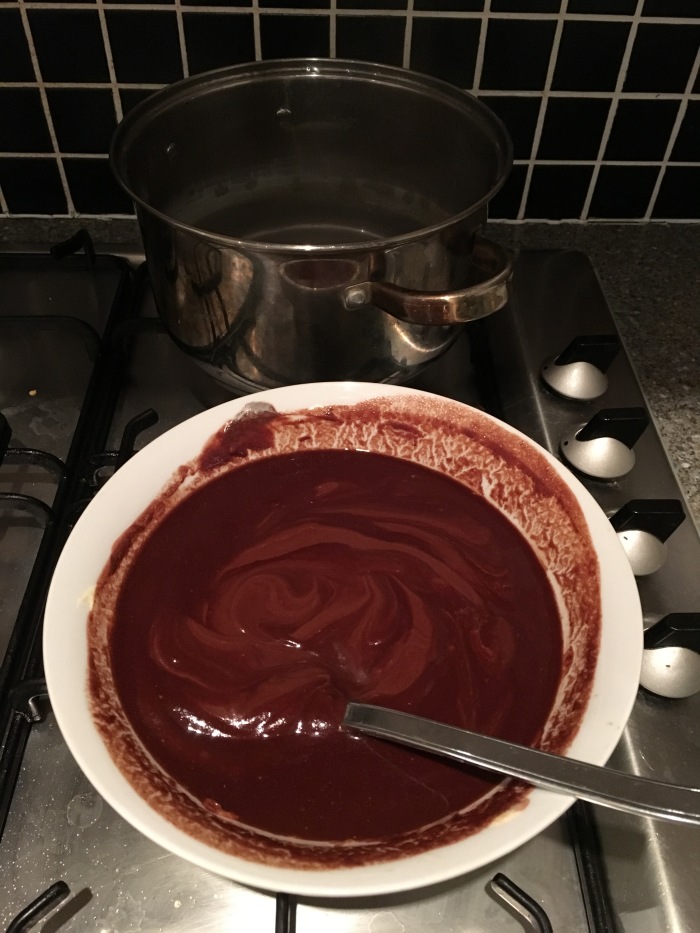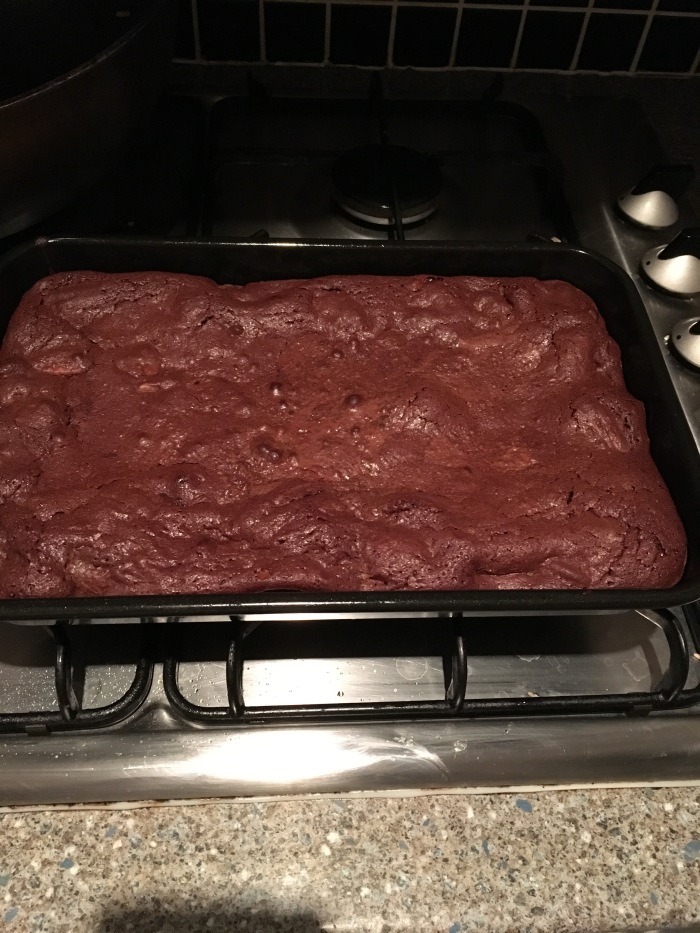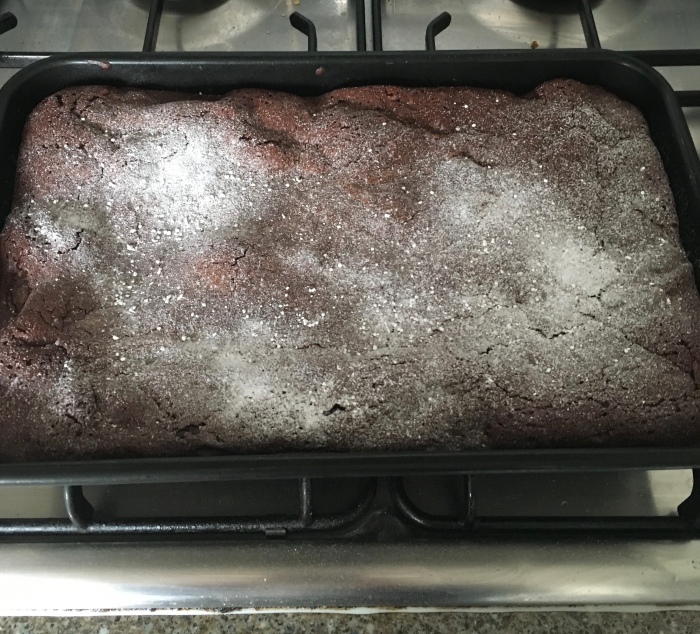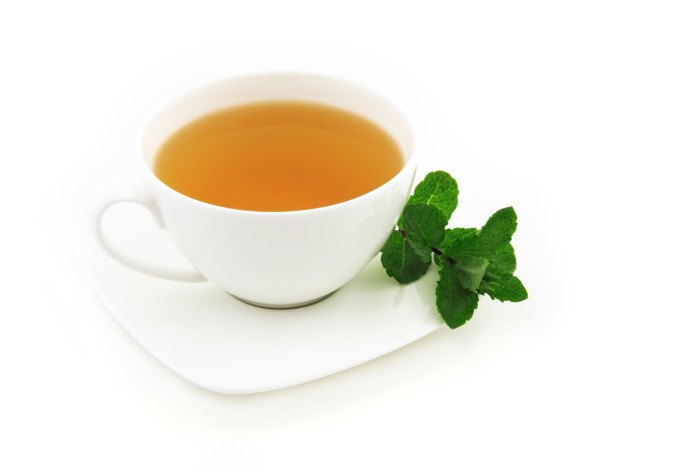So when I sat down in front of my laptop on this muggy, summer Sunday morning (appreciate I’m now posting this on a Tuesday evening!) I was intending to write a simple pros and cons article on the Paleo Diet. The benefits of eating meat versus the removal of grains from the daily diet.
That was until I prodded the hornet’s nest of the internet and found out a lot more than I bargained for…
I hadn’t really considered the complexities of the argument and it turns out there’s this hardcore Paleo community arguing their case quite vociferously lead by Robb Wolf, a former research biochemist. Some of the stuff they’re saying has really blown my mind and got me asking bigger questions like “if they know this, why are our governments and the likes of The Association of British Dieticians (BDA) promoting these grains for healthy living when it seems these may be the cause of so many of our problems?”
I feel I’ve started down a long road of discovery here and it’s too early to make my own conclusions so for now I’m just going to attempt to pass on some of the things I have learned.
What is the Paleo diet (brief recap)
The idea is to eat like a cavemen, so eating meat from animals you’ve successfully hunted plus fruit, vegetables and nuts that you’ve gathered.
Legumes (e.g. lentils, chick peas), grains (e.g. wheat, oats, rice) and of course, processed foods and additional sugar are not welcome! Basically, anything you could get your hands on before humans invented agriculture.
A key theory behind the diet is that the human body has not evolved enough over the last 10,000 years to be able to digest grains without causing us a myriad of health issues.
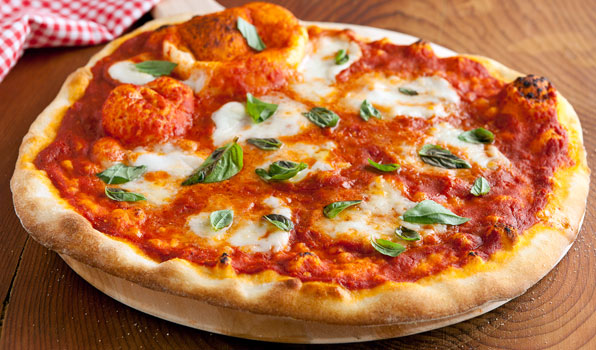
Is pizza trying to kill me?
Keep your friends close, keep your enemies closer…is this what I’ve been doing with pizza all these years?! Pasta…I loved you but did you really stab me in the back even when we established a gluten free relationship?
Let’s get dramatic for a moment…grains are evil!
That is of course a hyperbolic statement but based on what I’ve read today, maybe they are causing us a big problem.
So what is the problem?
Staple items in our diet such as bread, pasta and potatoes rate fairly high on the glycaemic index (even the whole wheat versions).
This means they cause sugar to be released rapidly in to our bloodstream. When this happens our bodies secrete insulin. This is a hormone secreted by the pancreas which knocks on the door of our cells causing them to open up and welcome in the sugar a.k.a glucose so our bodies can convert it to energy in order to keep us breathing, running marathons, solving crosswords or whatever it is we want to be doing. However, if the sugar levels in the blood are consistently high (Hey another slice of pizza pie over here please!) then this requires the pancreas to work overtime. And we all know if you keep doing that overtime, you’re gonna burn yourself out! If the pancreas stops functioning properly then this can lead to obesity, diabetes and heart problems.
So this is one argument for following a Paleo diet. On top of this eating fat from meat and nuts instead of so much carbohydrate from grains is likely to make you feel full for longer. Consequently you’re likely to actually end up eating less calories, you’ll have less cravings and therefore will put on less weight.
Now for the mind-blowing stuff that I’ve just found out today. I encourage you to read the full article by Robb Wolf here but I will attempt to explain what I’ve understood below.
Grains don’t want to be eaten!
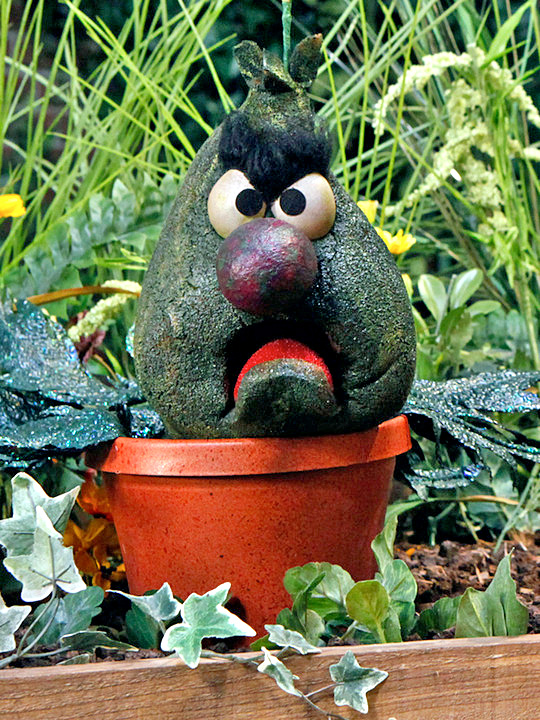
Now they can’t really run for it and they can’t really fight off a predator but when they do get eaten they leave the predator with a problem in the hope that we’ll learn our lesson and won’t bother them again.
How do they do this? These grains contain proteins called ‘lectins’ which we swallow, our digestive system takes a hammer to them but they’re tough and don’t crack! They end up in our gut in pretty much the same form that they went in.
They also damage our intestinal lining allowing other proteins to get through. Like a pub at Victoria Station on a Friday night your intestine can end up playing host to a horde of shady characters amongst the regular crowd of good bacteria and proteins. But like a myopic bouncer your body doesn’t necessarily know who should be chucked out and who should stay and therefore may see all proteins as antibodies and consequently attack them. This could be playing a part in the upsurge of allergies, intolerances and auto-immune diseases.
Worried yet? If not here’s another possible problem. Anyone heard of phytates?
Phytates…anyone?
I hadn’t until a few days ago.
The job of phytates in grains is to pull metal ions (e.g. calcium, magnesium, zinc, iron, copper) really close to them, give them a big bear hug and never let them go.It’s crucial for the development and growth of the grain that they are tightly bound together. The problem for us is that when we swallow these grains the phytates are still clinging on to the ion, meaning that we don’t get to absorb these minerals. Therefore, our bones may be getting weaker due to the fact we’re not actually absorbing enough calcium. (Note: I will be looking in to the best methods to prepare grains for consumption)
So some fascinating concepts but not everyone’s convinced we should all be going Paleo.
Let’s look at some of the arguments against.
The one that I keep seeing pop up is that there is no scientific evidence to back it up.
There is indeed no large scale research on the diet and whether it works. The benefits of it are anecdotal.
This excerpt from an article in The Daily Telegraph illustrates that officially British Dieticians are not on board:
“The paleo diet trend is a dangerous fad,” says Lucy Jones, a spokeswoman for the British Dietetic Association (BDA). “There isn’t any proof that it improves health, and its demand that you exclude food groups essential to health such as dairy, grains and legumes could leave people seriously deficient in essential vitamins and calcium, not to mention constipated from the lack of dietary fibre.”
I would love there to be real scientific evidence here so that we can really get to the meat and bones of this but with my cynical face on I would ask “what motivation is there for the pharmaceutical industry and/or the food industry to finance trials to see if the Paleo diet works?”.
Why would they want to promote a lifestyle that eschews regular medication, anti-biotics and convenience/mass-produced food?
Ok point taken but what about the evidence pointing towards red meat causing cancer?
The World Health Organisation recently classified processed meat such as sausages, hot dogs and ham as a “class 1 carcinogen” meaning they are strongly linked to causing cancer and they state that red meat is a “probable” cause of cancer.
Red meat as a potential cause of cancer has been talked about for as long as I can remember and I had no reason to dispute it until today. Yes literally until today! I’ve heard so much in my lifetime about red meat sticking around undigested in the colon for years and years, how it could be a cause of bowel cancer, etc, etc and it all seems plausible.
However today I’ve been made aware of the China Study and the book based on it by Dr T. Colin Campbell. From what I understand he advocates removal of red meat from your diet in order to reduce cancer risk and prevent a number of diseases.
Consequently the China Study is frequently cited as a reason not to go Paleo. So no Paleo right…well it’s not quite that simple. Today I also discovered Denise Minger who has made it her mission somewhat to analyse the data provided by the China study https://rawfoodsos.com/category/china-study/page/2/
She has crunched the numbers and has concluded that it cannot be said that red meat and animal products are cancer causing and get this…they may even have a preventative effect. They may be beneficial in the fight against cancer!
Oh Lordy, where do we go from here….[sticking my fingers in my ears, whilst singing “lalalala”]…crazy isn’t it?
Final thoughts…for now
As it stands I am half way through a 30 day trial of the Paleo lifestyle. I’m feeling light on my feet, not bloated and my head is clear (no brain fogginess).
I have at times felt physically tired but this has also coincided with new physical workouts, a heatwave making it harder to sleep and the discovery of a new delicious coffee meaning I’ve increased my caffeine intake…
So not exactly a scientific study.
If you want to give it a go, the Nerd Fitness site is a good place to start.
I’m going to complete my 30 days and see how I feel at the end and in the meantime I’m going to continue to find out more about our curious relationship with grains.


